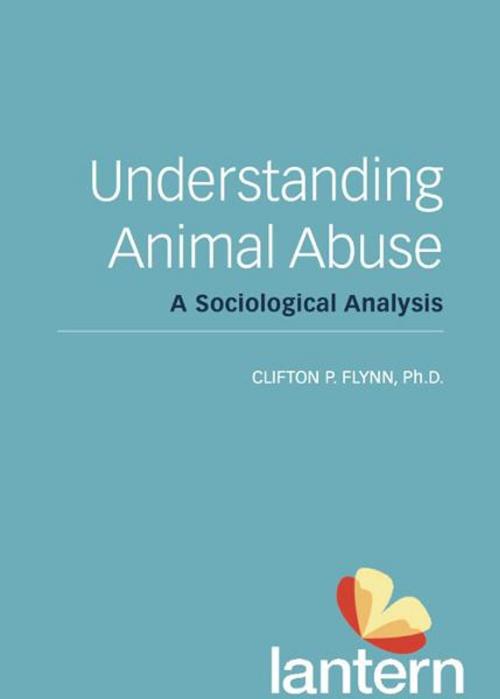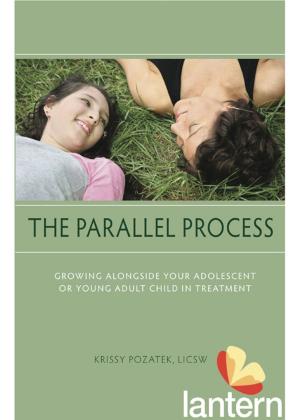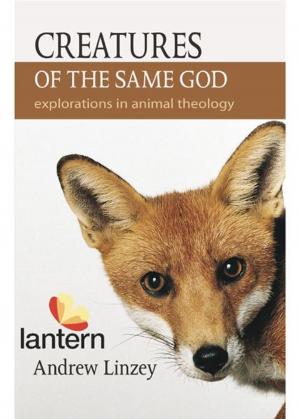Understanding Animal Abuse: A Sociological Analysis
Nonfiction, Reference & Language, Reference, Bibliographies| Author: | Clif Flynn | ISBN: | 9781590563403 |
| Publisher: | Lantern Books | Publication: | April 1, 2012 |
| Imprint: | Lantern Books | Language: | English |
| Author: | Clif Flynn |
| ISBN: | 9781590563403 |
| Publisher: | Lantern Books |
| Publication: | April 1, 2012 |
| Imprint: | Lantern Books |
| Language: | English |
Until the last decade of the twentieth century, the abusive or cruel treatment of animals had received virtually no attention among academicians. Since then, however, empirical studies of animal abuse, and its relation to other forms of violence toward humans, have increased not only in number but in quality and stature. Sociologists, criminologists, social workers, psychologists, legal scholars, feminists, and others have recognized the myriad reasons that animal abuse is worthy of serious scholarly focus. In his overview of contemporary sociological understanding of animal abuse, Clifton Flynn asks why studying animal abuse is important, examines the connections between animal abuse and human violence, surveys the theses surrounding the supposed link between abuse of animals and humans, and lays out some theoretical perspectives on the issue. The book offers recommendations for policy and professionals and directions for future research. Ultimately, Understanding Animal Abuse challenges the reader to consider animal abuse as not limited just to harmful acts committed by individuals. It asks us to extend our notion of abuse to the systemic cruelty of factory farms and vivisection laboratories.
Until the last decade of the twentieth century, the abusive or cruel treatment of animals had received virtually no attention among academicians. Since then, however, empirical studies of animal abuse, and its relation to other forms of violence toward humans, have increased not only in number but in quality and stature. Sociologists, criminologists, social workers, psychologists, legal scholars, feminists, and others have recognized the myriad reasons that animal abuse is worthy of serious scholarly focus. In his overview of contemporary sociological understanding of animal abuse, Clifton Flynn asks why studying animal abuse is important, examines the connections between animal abuse and human violence, surveys the theses surrounding the supposed link between abuse of animals and humans, and lays out some theoretical perspectives on the issue. The book offers recommendations for policy and professionals and directions for future research. Ultimately, Understanding Animal Abuse challenges the reader to consider animal abuse as not limited just to harmful acts committed by individuals. It asks us to extend our notion of abuse to the systemic cruelty of factory farms and vivisection laboratories.















